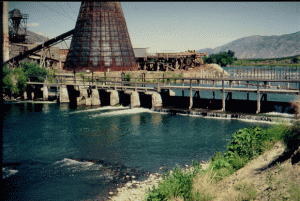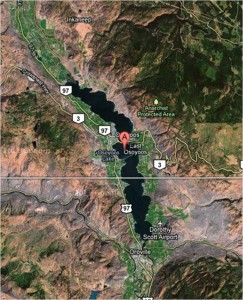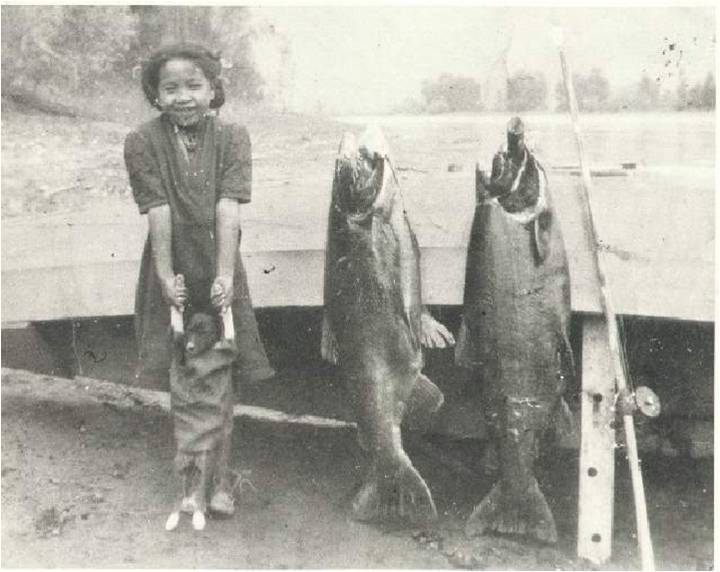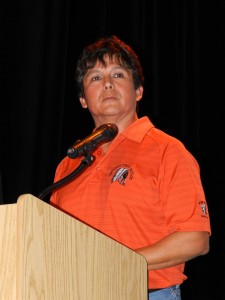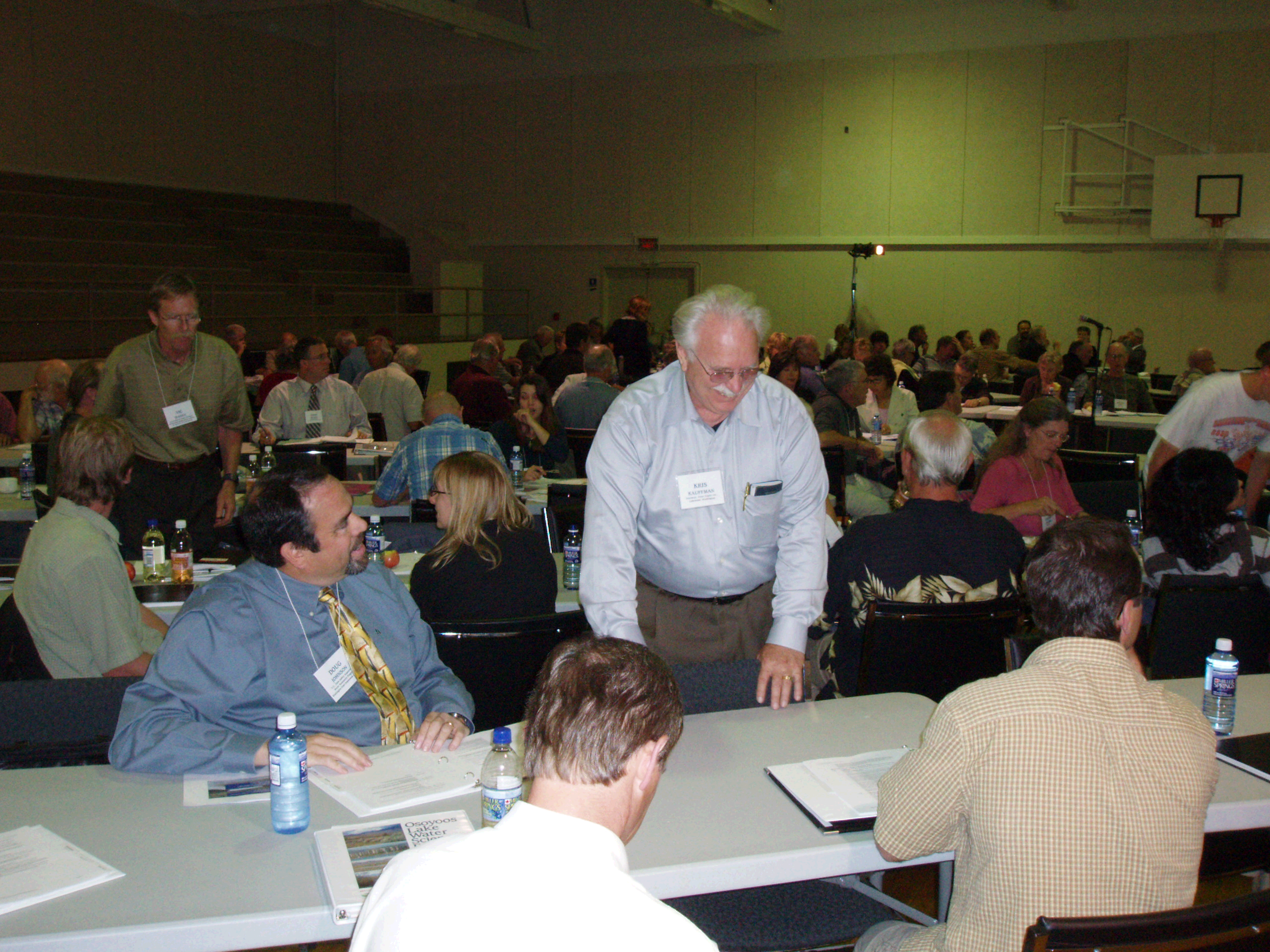“All shall be well, and all shall be well and all manner of thing shall be well.” ― Julian of Norwich
The other night I gave a talk to the North Okanagan Naturalists Club: a group of lively, mostly retired folks, interested in parks, birding and botany. Given only half an hour, and asked to cover the spectrum of water issues, I bounced along topics relating to biology and the environment, trying to build a bridge between this nature theme and the nuts and bolts of water management.
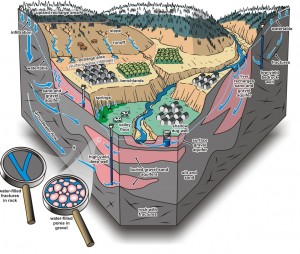
A cross section of Okanagan aquifers, from the Okanagan Waterscape Poster ( see: www.obwb.ca/okanagan_waterscapes).
Hands shot up at the end of the talk, launching into a public discussion on natural resources. Rather than fish and riparian restoration, the Naturalists wanted to talk about water agreements with the Americans, Okanagan population growth, and water law.
One woman in the third row, stood up and said, “What’s wrong with us? When are we ever going to regulate groundwater?” While I don’t like to put a too positive spin on it, it felt good to say – “Water policy is slow to change, but I believe we will have this legislation in place in the next few years.” Right now, BC is reforming the century-old Water Act into the new Water Sustainability Act, and although we can debate the details, groundwater is one reason to rally behind getting it done. Continue reading


